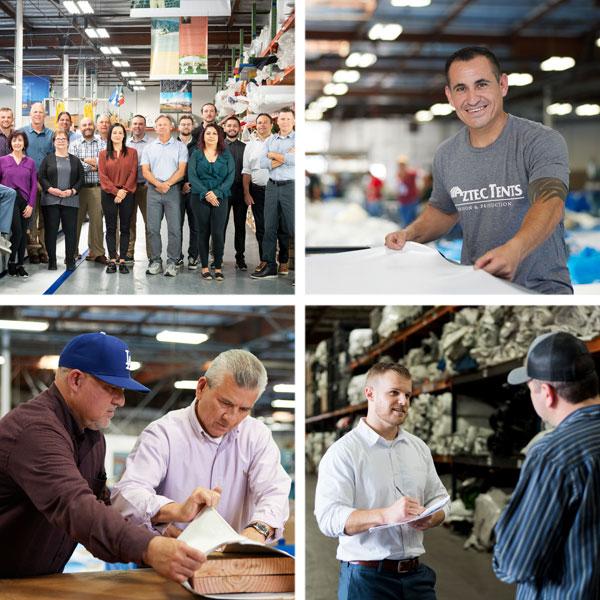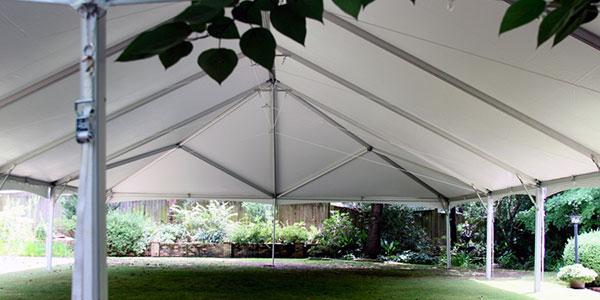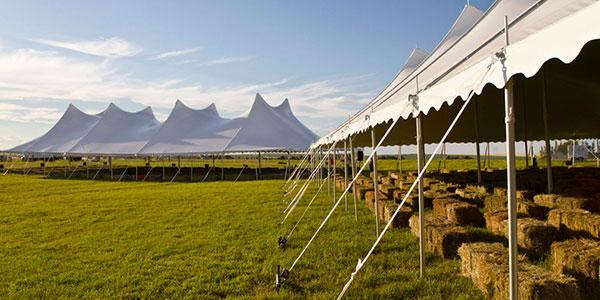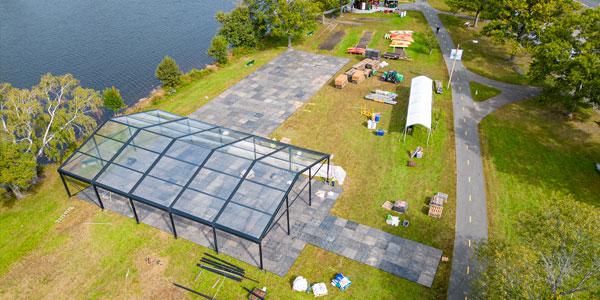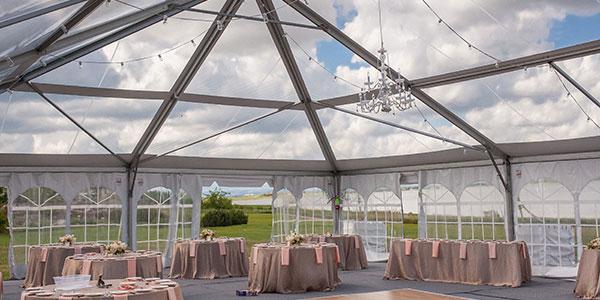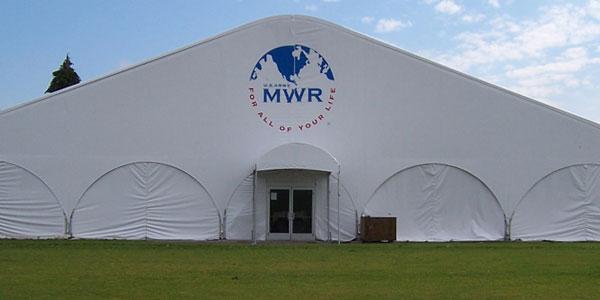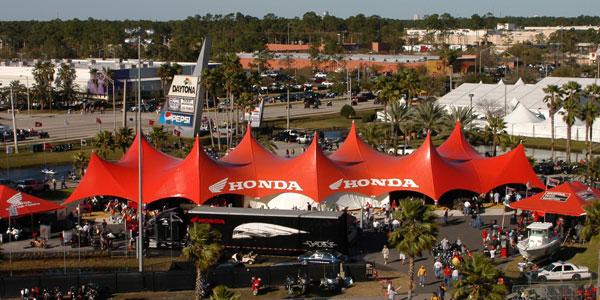GETTING STARTED: NEXT STEPS
Our goal here is to help answer the questions that you may have about buying a tent and help guide you though some of the questions that you should reflect on as you evaluate your options. We're hopeful this information can help you absorb at your own pace, and on your timeline. If for any reason you would like to pick up the phone and have a discussion, we have a team of experienced tent experts on staff here to help. Click HERE for the contact information for our regional support team members within the USA. We also have a team that supports our efforts internationally. Their contact information can be found HERE.
WHAT'S INVOLVED WITH OWNING A TENT?
Its no secret that our tents are much more than a pop-up tent you might see around town. Along with a design that is engineered to last, out tents are primarily designed for the event rental and event venue industries. Our tents are not designed for transport in typical passenger vehicles. Typically our smallest tents can be transported in a full sized pick-up truck, but mid-sized tents require commercial delivery vehicles and larger tents require tractor-trailer sized vehicles to move.
- Do you have a team to install your tent?
- Do you need guidance on a qualified tent installer?
- Do you have space to store your tent?
- Do you have space to clean and maintain your tent?
- Do you have all the equipment to install and remove the tent safely?
Learn more about tent ownership by speaking to one of our tent experts HERE.
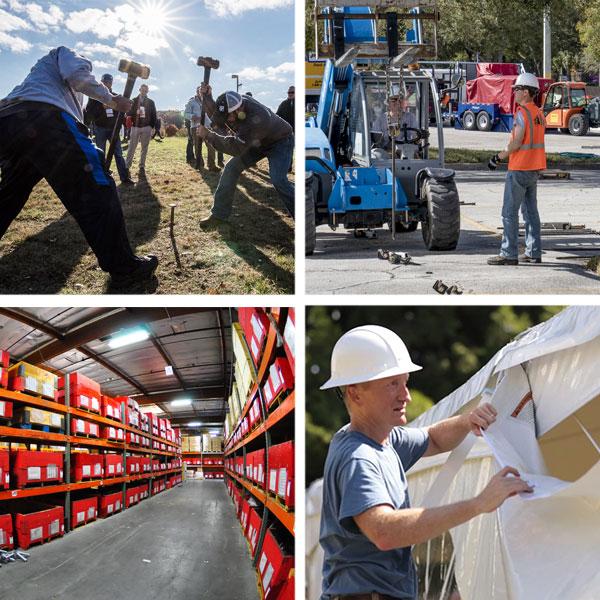
WHAT SIZE TENT DO I NEED?
One of our most frequently asked questions. Use the guide below to estimate the square footage of tent needed.
Industry Recommended Space Considerations:
| Theatre Seating (Chairs in rows): | 6 sqft per person |
| Rectangular 8’ Tables w/ 10 Guests each: | 8 sqft per person |
| Round Tables w/ 8 guests each: | 13 sqft per person |
| Round Tables w/ 10 guests each: | 10 sqft per person |
| Dance Floors: | 12 sqft per couple |
| Bar Area (per bar): | 100 sqft |
| Buffet Area (per table): | 100 sqft |
| Cake Table (per table): | 100 sqft |
Use our TENT SIZE CALCULATOR TOOL to find the perfect sized tent for you.
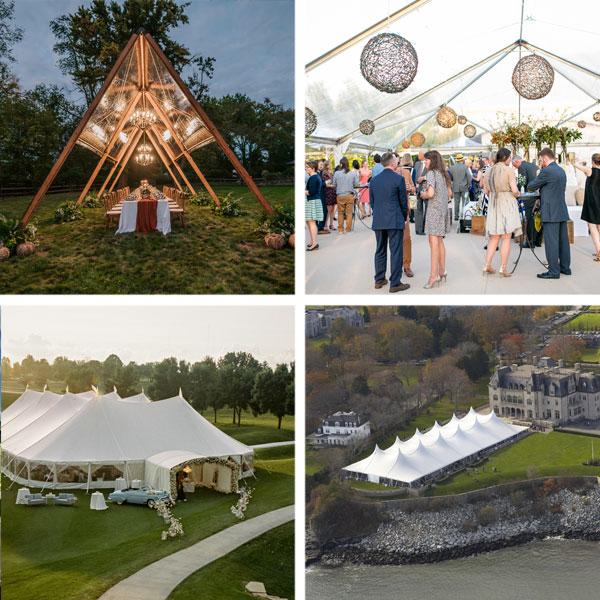
DIFFERENCE BETWEEN FRAME AND POLE TENTS?
FRAME SUPPORTED TENTS- Frame supported tents have a skeleton of interconnected frame members that join together to make a frame that the tent fabric material sits on or within. Typically do not have poles or columns that come to ground in the middle of the tent. Although the frame supports the fabric, they should always be anchored when used outdoors. Common styles or types: Keder frame tent, High Peak Frame Tent, Clearspan Frame Tent, Traditional Frame Tent
POLE SUPPORTED TENTS- Pole supported tents on the other hand have independent, often vertically positioned poles that support the tent fabric from underneath. The tension applied to around the edges of the tent fabric to the anchoring system holds the tent shape in its correct form. Usually have internal vertical poles to support the tent fabric. Non-Free Standing. Anchoring required to hold tent shape. Common styles or types: Tension Tent, Sailcloth Pole Tent, High Peak Pole Tent, Single Pole Style, Twin Pole Style, Straight ridge pole tent.
Learn more about the differences by speaking to our regional tent experts HERE.
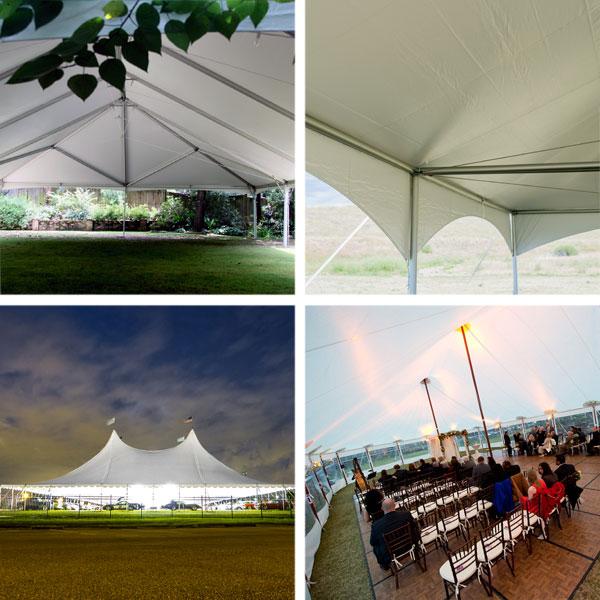
HOW DO I ANCHOR MY TENT?
All of our tents must be anchored to the ground to resist wind forces and to remain in place. All of our tents are engineered to specific wind speeds and the loads required by the anchoring system to resist these loads is up to the installer to maintain. Often, tent installers use different types of anchors in different types of ground conditions.
Grass/Dirt- Ground penetrating stakes (Typically 1" x 42")
Asphalt- Ground penetrating stakes (Typically 1" x 42")
Loose Sand- Ground penetrating stakes (Typically 1" x 42") or augur anchors
Concrete- Engineered friction anchors or engineered epoxy anchors
Sensitive Ground (Including surfaces you cannot penetrate)- Ballast
Learn more about ground penetrating anchor from our regional team HERE.
Learn more about ballast anchoring HERE.
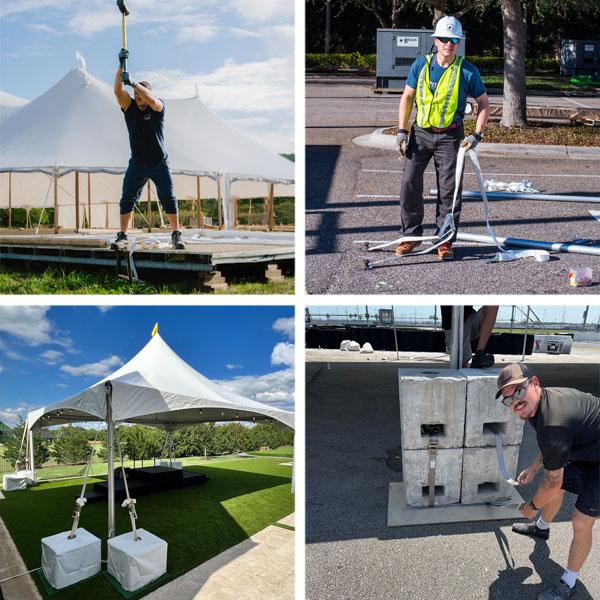
WHERE CAN I GET PRICING ON YOUR TENTS?
Since most of our products have multiple configurations and often require guidance to allow selection of the right product, accessories and installation tools, we don't have a printed pricelist for our products. Rather we rely on the background of our highly experienced regional sales team to provide this guidance to you. We're really interested in getting you the right information you are looking for.
A limited number of products and more likely, replacement components for existing tents you may already own can be found on our e-commerce site www.tentpros.com. Here we also support your existing tent inventory with repair materials, cleaning supplies, and accessories that you may need over the time you own your tent.
Start the process now to find the perfect tent for your application.
